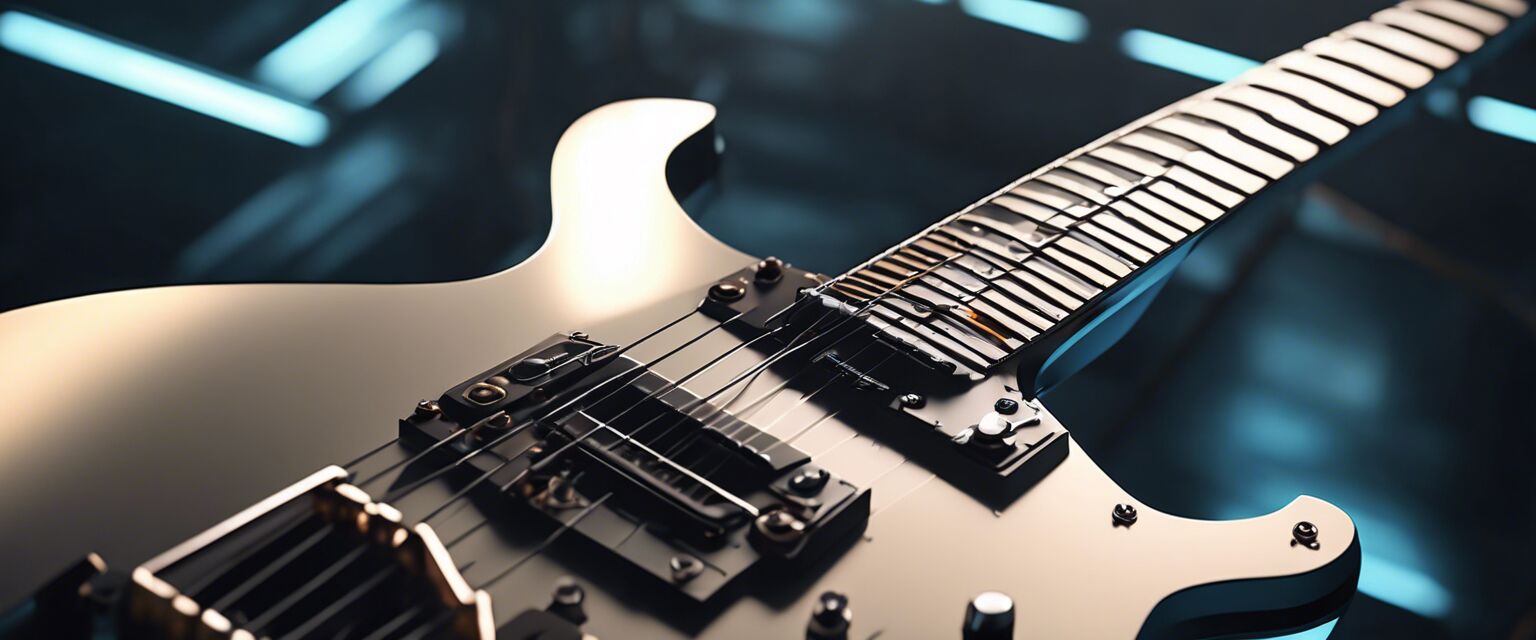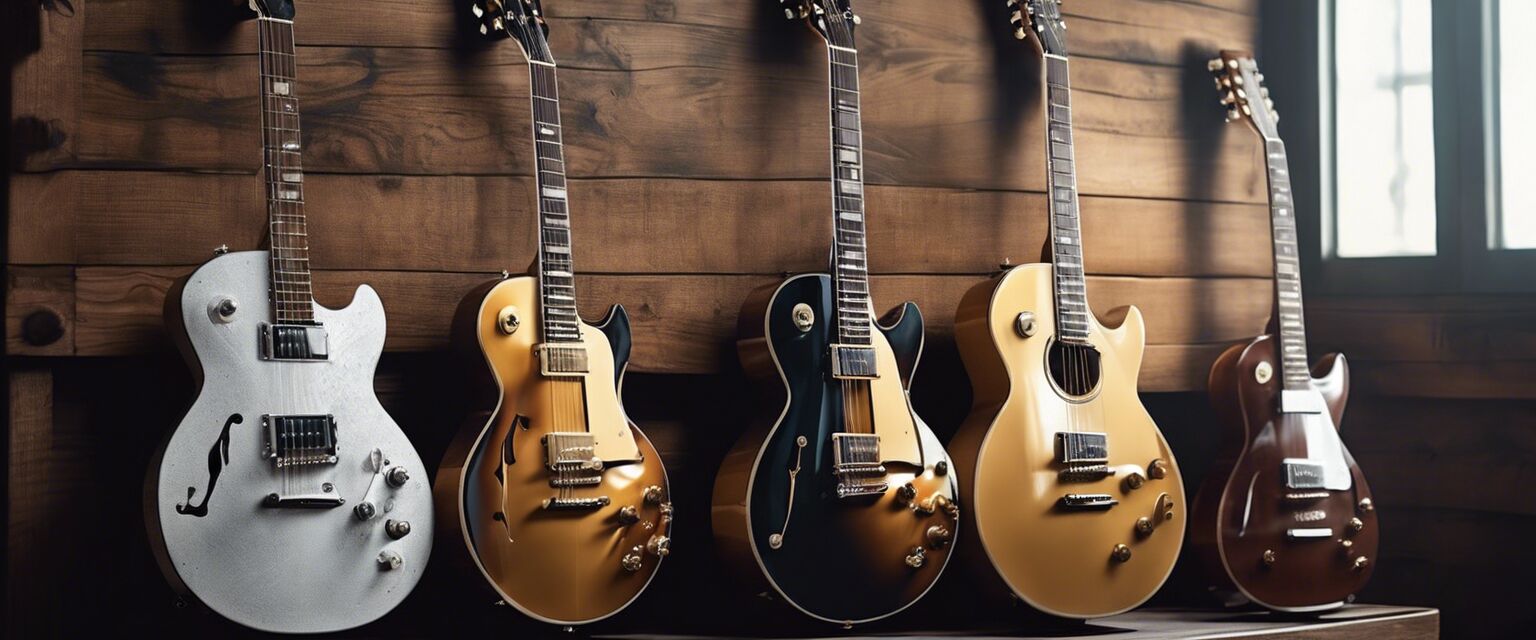
Electric Guitar History and Evolution
Key Takeaways
- The electric guitar's inception began in the early 1930s.
- Major advancements occurred during the 1950s and 1960s.
- The evolution of guitar amplifiers significantly influenced electric guitar sound.
- Different styles have emerged, aligning with musical genres, tailored for diverse playing techniques.
The electric guitar has defined musical landscapes since its inception. Understanding its history offers insight into how technology and musical tastes have evolved. This article provides an exhaustive journey through the age of electric guitars, exploring significant milestones in design, sound, and popularity.
The emergence of the electric guitar
The concept of an electric guitar took shape during the early 20th century as musicians sought ways to amplify their instruments. Here's a brief timeline of key developments:
| Year | Event |
|---|---|
| 1931 | First electric guitar introduced by George Beauchamp. |
| 1936 | The Rickenbacker "Frying Pan" gained popularity as the first mass-produced electric guitar. |
| 1940s | Guitarists started using electric guitars in big bands and jazz ensembles. |
| 1950s | Fender and Gibson launched iconic models that shaped rock 'n' roll. |
| 1960s | Electric guitars became a mainstream instrument through rock, blues, and pop music. |
Electric guitar design evolution
Throughout its history, guitar design has undergone various changes. Let's take a closer look at influential models and their significance:
| Guitar Model | Manufacturer | Year Introduced | Key Features |
|---|---|---|---|
| Fender Telecaster | Fender | 1950 | Single-cutaway body, bright tones. |
| Gibson Les Paul | Gibson | 1952 | Set neck, thick sound, dual humbucker pickups. |
| Fender Stratocaster | Fender | 1954 | Double cutaway, contoured body, versatile sound. |
| Ibanez RG | Ibanez | 1987 | Fast neck, thin body, popular in hard rock. |
| PRS Custom 24 | PRS Guitars | 1985 | Versatility with a wide tonal range. |
The role of amplification in electric guitar sound
Amplifiers are crucial in shaping the electric guitar's sound. The development of amplifier technology has changed the audio landscape:
- In the early years, guitarists used simple tube amplifiers.
- The introduction of solid-state technology led to lighter, more reliable amps.
- The rise of effects pedals in the 1970s transformed how guitarists could manipulate sound.
- Today, digital amplifiers and modeling technology offer unparalleled versatility.

Guitar styles and their impact on music genres
As electric guitars evolved, so did the styles associated with them. Here's how different styles have impacted music genres:
Rock and Roll
The emergence of rock and roll in the 1950s ushered in the electric guitar as the star of the show, pushing boundaries of sound and performance.
Blues
Electric guitars became synonymous with blues, allowing for expressive solos and distinctive tones, greatly influencing the genre's development.
Heavy Metal
The heavy distortion capabilities of electric guitars led to the rise of heavy metal music, giving birth to iconic riffs and solos.
Jazz
Jazz musicians adopted electric guitars, experimentation with different stylistic approaches, and the creation of unique sounds.
Electric guitar accessories
Accessories have also played an important role in enhancing the electric guitar experience:
- Guitar Picks: Various materials and shapes play a crucial role in tone and playability.
- Strings: String gauges and materials can dramatically affect sound and playability.
- Pedals: Effects pedals allow players to explore various sounds and enhance their performances.
- Capos: Useful for changing the pitch and tonality without altering finger positioning.
future of electric guitars
As technology continues to advance, the future of electric guitars seems promising. Emerging trends include:
- Integration with digital technology for unique sound manipulation.
- Increased reliability and performance from modern materials.
- Custom-built guitars tailored to individual players' needs.
- Growth of online guitar communities and education programs.
- Innovative designs aimed at sustainability and eco-friendliness.

Tips for Beginners
- Start with a versatile electric guitar model to explore various genres.
- Invest in quality accessories such as picks and strings to enhance your experience.
- Practice regularly and learn about different playing techniques.
- Explore online tutorials to speed up your learning process.
Pros
- Wide range of sounds and genres available.
- Allows for creative expression through innovation.
- Various styles and designs to suit personal taste.
- Consistent development keeps the instrument relevant.
Cons
- Learning curve can be steep for beginners.
- High-quality instruments can be quite expensive.
- Requires investment in additional equipment like amps and pedals.
- Sound can be affected by surrounding environmental factors.
The Enduring Legacy of the Electric Guitar
The electric guitar's journey from a novel idea to a musical staple is a testament to its enduring appeal. This instrument not only transformed music genres but also continues to innovate within the musical landscape. As technology advances, the electric guitar is poised for even greater evolution, ensuring its legacy thrives for generations to come.
For more information on electric guitars, check out our collection of electric guitars, explore essential guitar accessories, and dive into the world of guitar amps that can elevate your playing experience.








